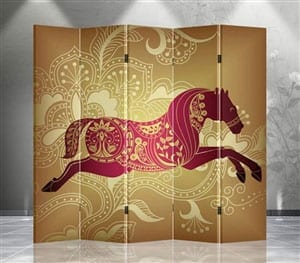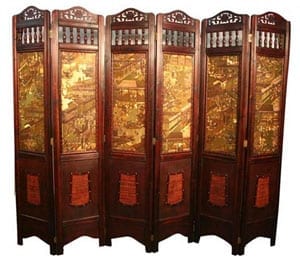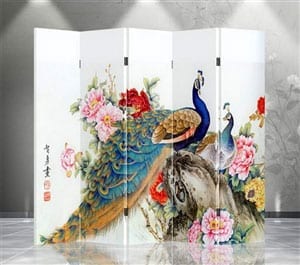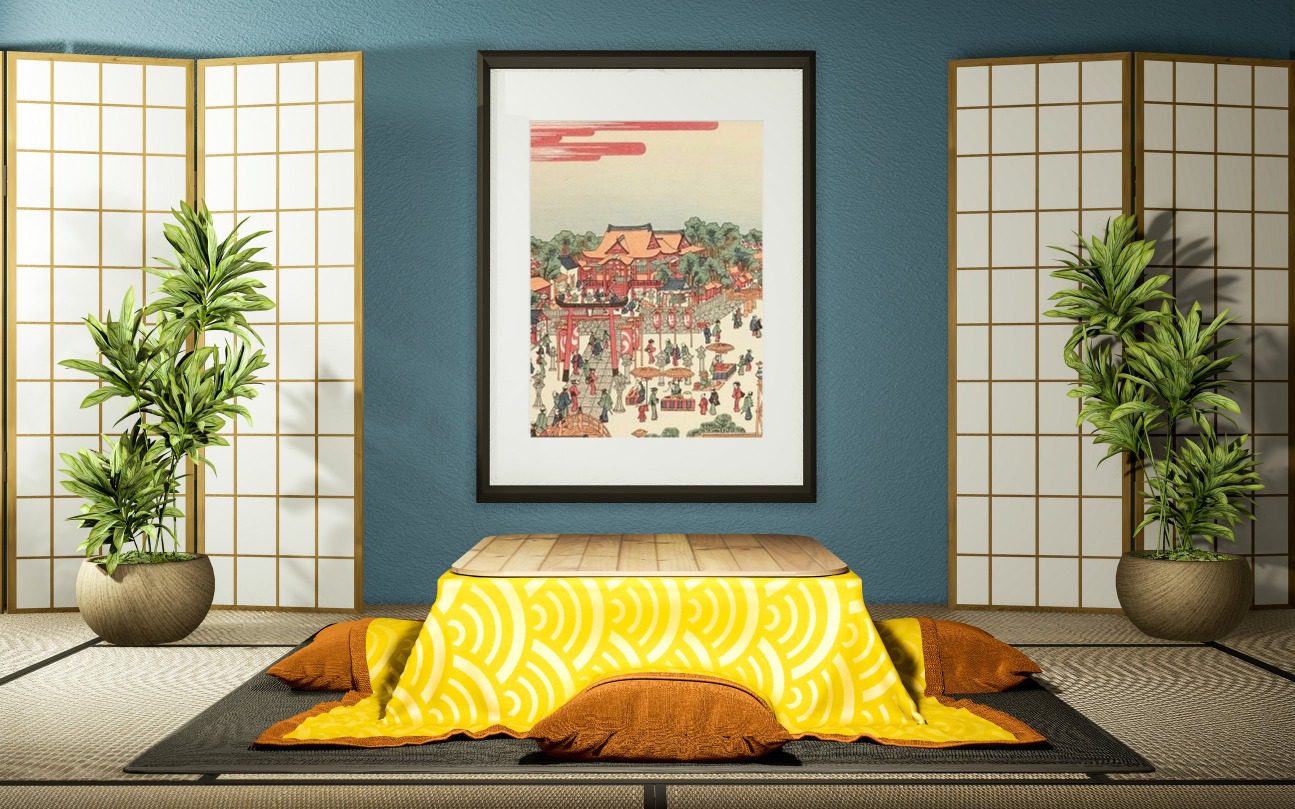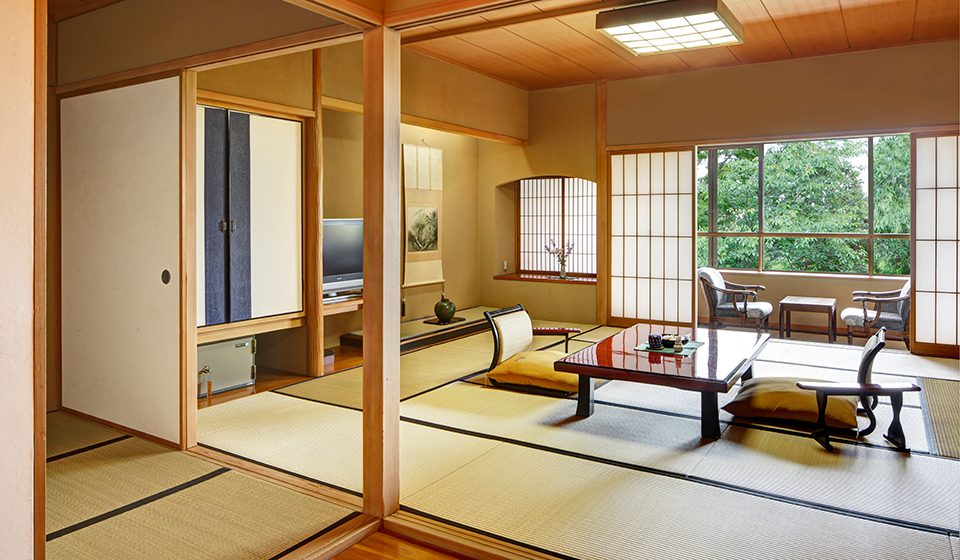Even if you haven’t been to Japan, you’ve probably been to a Japanese restaurant or seen movies situated in Japanese settings. Most likely, you have noticed artsy folding screens. These screens are called the Byobu. They are composed of several panels designed with calligraphy and ornate paintings. The Byobu is used as a divider to close in private spaces. Regarding its etymology, it literally translates to “wind protection,” which means the byobu was originally meant to block drafts.
As with other Japanese arts, the Byobu’s origin can be traced back to China’s fellow Asian country. After being much influenced by the Chinese, Japanese artisans began creating and designing their byobu independently. As time passed, different factors have influenced the byobu.
The Nara Era
The Byobu started as a one-legged panel. The panels evolved from single to many, and the byobu were used as décor in imperials courts for special events. The byobu with six panels was the most common, and these were the ones coated with silk. Even the décors per panel were framed with silk, but the whole panel enclosed using a wooden frame.
The Heian Era Japanese Byobu
The byobu became a furnishing requirement especially in homes of Daimyos. Metal hinges shaped like a coin, called Zenigata began to be used to connect the byobu panels.
The Muromachi Era
The Byobu became more popular and began to be used in homes, shops and dojos. This also gave rise to the two paneled Byobu, and instead of the Zenigata, paper hinges were used. This made the byobu lighter and more portable, but still durable at the joints. Because it had just two panels, the design can now be more freely uninterrupted by borders which inspired Japanese artists. The paper hinges though necessitated the byobu to be lightweight, which prompted craftsmen to use lattices.
The Azuchi Momoyama Era and Early Edo Era
As the Byobu became more popular to the people, the arts heightened as well. The Byobu became a regular to homes of the samurai, which then stood as a symbol of power and wealth. This in turn led to a major change, which then consists of gold leaves and colorful drawings of nature.
The Japanese Byobu of today
With the advent of technology, the byobu of present-day is now made via machine, especially by those Japanese families.
Questions? Email us!

